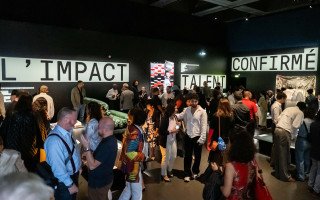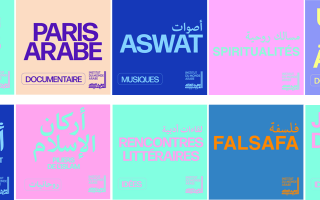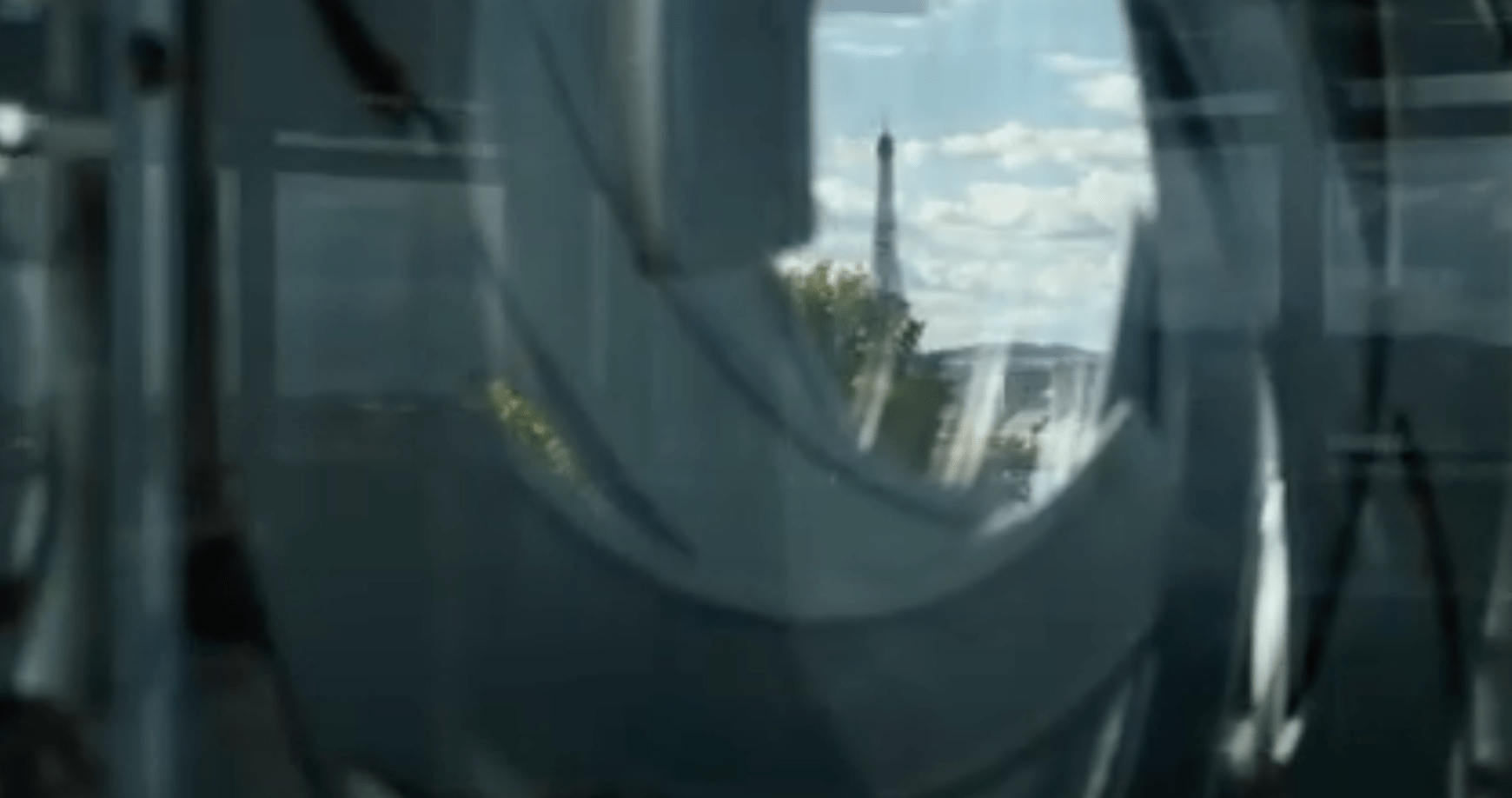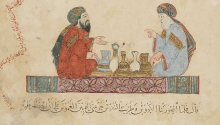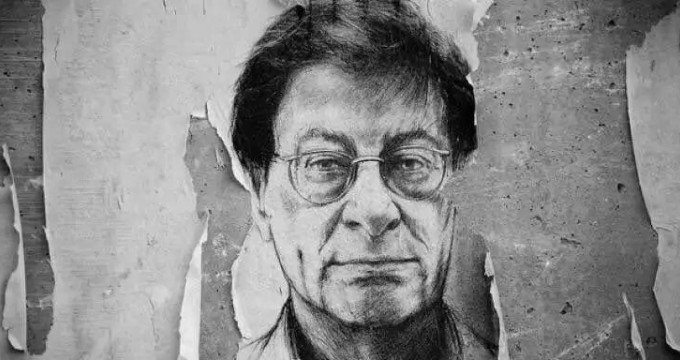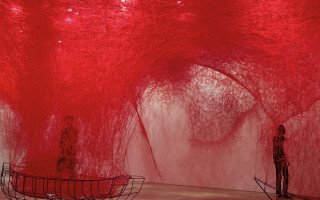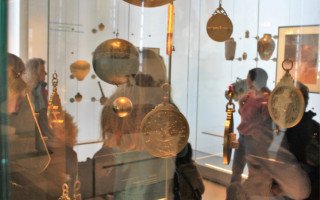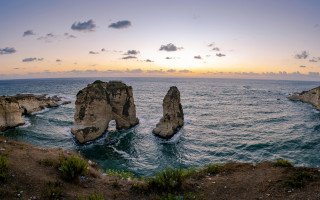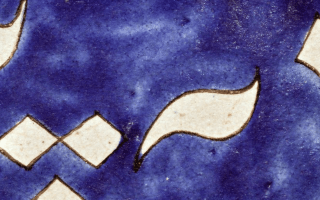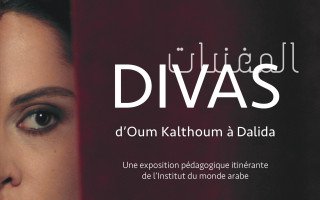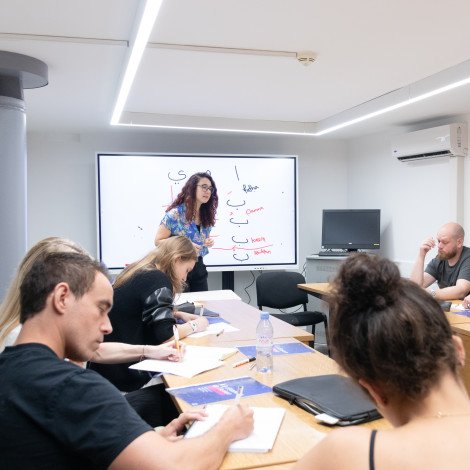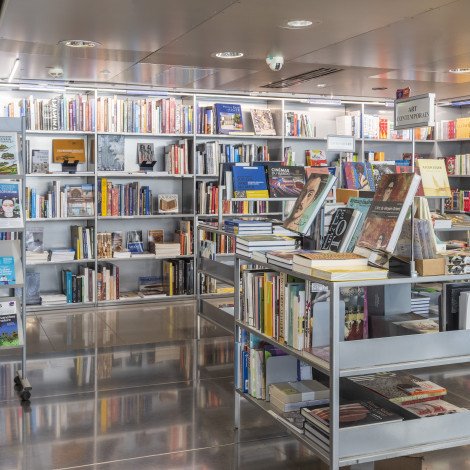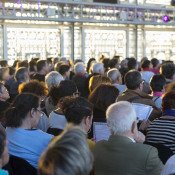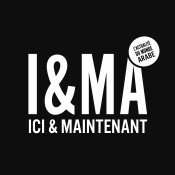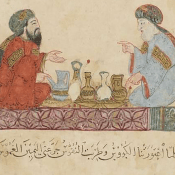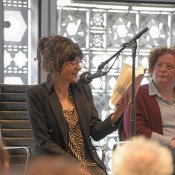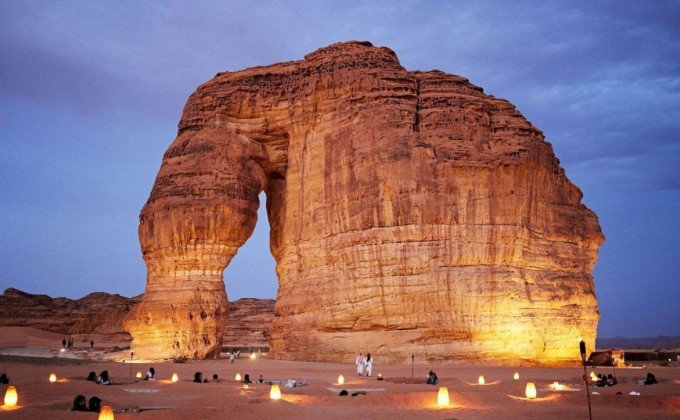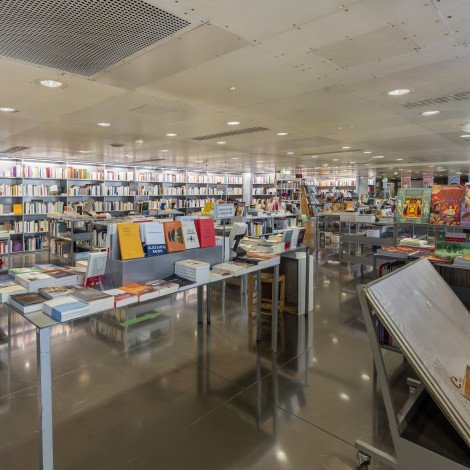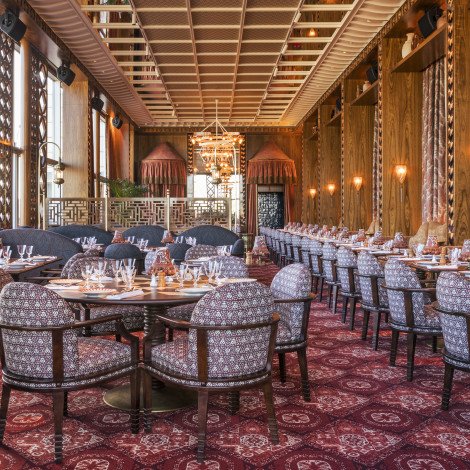Programmation
FESTIVAL DES MUSIQUES ARABO-ANDALOUSES
Du 25 au 30 mars 2025
ANDALOUSSIYAT
L'Institut du monde arabe organise la première édition d’Andaloussiyat, un festival exceptionnel pour se plonger dans le patrimoine unique des musiques arabo-andalouses. Pour cette première édition, la programmation célèbre la richesse du patrimoine musical algérien et de ses noubas, du maâlouf de Constantine à la sanâa d'Alger, en passant par l'école de Tlemcen.
Voir tout le programme


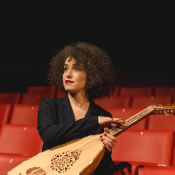
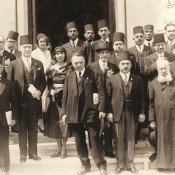
Rencontres et débats
Conférence | Jean Lambert - Les pays du Maghreb au Congrès de musique arabe du Caire
29 mars 2025
Le monde arabe pour tous
L’IMA met à la disposition du public des ressources et services adaptés à tous pour faciliter et encourager l’étude, la connaissance et la compréhension du monde arabe, de sa langue, de sa civilisation.
L'IMA vous donne rendez-vous
Magazine
Collections

Mohammed Khadda, “Afrique, avant 1”
Œuvre à découvrir dans l'exposition “Paris noir”, au Centre Pompidou, jusqu'au 30 juin 2025En boutique
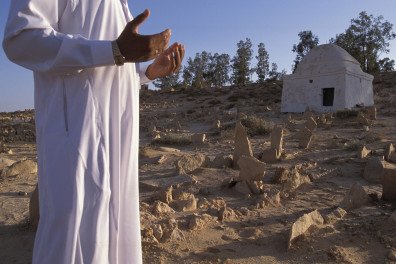
A l'occasion de l'arrivée du mois de ramadan, découvrez la sélection de la librairie-boutique
Ramadan 2025
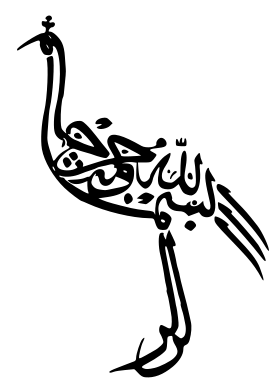
Dans le cadre de l'exposition “Ecrire ou calligraphier?”, à l'IMA jusqu'au 21 septembre
Focus sur la calligraphie arabe
Venir à l'IMA
Institut du monde arabe
1 Rue des Fossés Saint-Bernard, 75005 Paris
- Métro : Ligne 7, Jussieu ou Ligne 10, Cardinal Lemoine
- Bus : Lignes 24, 63, 67, 86, 87, 89
- Vélib' : Stations n° 5020, n°5019, n°502
- Parking : 1, rue des Fossés saint Bernard, 75005 Paris


